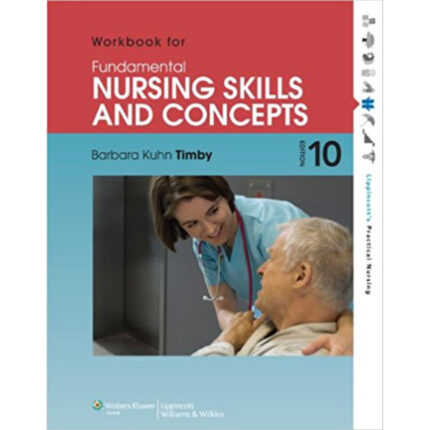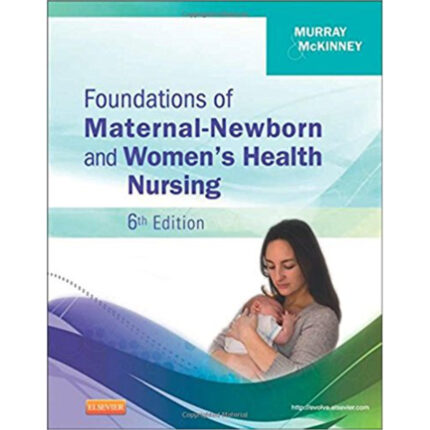Psychiatric & Mental Health Nursing for Canadian Practice 5th Edition – Test Bank
Chapter 1
1. During the 1800s, what did Pinel believe that the cure for mental illness was?
A) ared and confinement
B) eady prychotherapy Chumane treatme
theme of chains
2. Who was the psychiatrist who suggested the term “mental lygiene?
Clarence Hincks
Sigmund Freud
Adolf Meyer
3. Before the 19th century, seriously mentally ill clients with severely distating behaviour were usually cared for by
family members at home.
spiritual bealers in asyls
persons in hospital
staff in prisons and poorhouses
2808
4. Which variable of communities had the most influence on the early foems of
institutional ways of caring for the mentally ill people? quality of housing and manber of professionals
social stability and availability of reses
political climate and public policy
legal structure and role of muses
2808
5. Which factor has been historically orlated to increased intolerance and ill beatment of people with mental disorders?
social change and instability
increased family size and mobility
emphasis on seligious belief
increased number of asylans treating mentally ill
6. Which effects of industrialization and urbanization combuted positively to the humane treatment of mentally afflicted treatment? Select all that apply.
A) the growing sumber of poor and devin people who were not able to sustain themselves
B) move general ansieties during a period of rapid social change and instability
C) morid, pedagogical treatment that would help restore innate capacity for self-
D) the Enlightenment, which changed medical and social ideas about mental illness
E) recognition of mental illness by the medical commity
7. Which was a primary reform accomplished by Dorothea Lynde Dix?
A) establishment of “commitment laws in state legislatures
introducing compassion to the care of mentally ill clients
se of music to treatmentally clients
e of exercise therapy to treat mentally ill clients
8. Which province in Canada was first to open a mental institution in 18357
Ontario
Nova Scotia
Quebec
D) New Brunswick
9. Aben did involuntary confinement and institutional care of mentally ill people begin to be the foermost treatment modality?
the 17th and 18th centuries
end of the 20th century
beginning of the 19th century
last half of the 19th century
10. Which was developed in 1900 by the National Mented Health Committee for
Mental Hygiene?
she management clinics
Prisca clicks
hydrotherapy centres
11. What superintendent of various Ontario pychiatric hospitals was one of the first health care providers who reformed models of care to improve treatme
approaches in Ontario A) Adolf Meyer
Cliffbed Beers
Charles A. Barrager
12. When did psychiatric nursing education in the general hospital training commence in eaten Canada
A) 1800
15) 1900
C) 1950
Dj 1950s
13. Which level of legislation supported confinement of mentally ill clients in Canada in the line 19th century?
provincial
national
micipoll
stabe
14. In the earliest institutions that cared for mentally ill members of the community, what was the most common experience of clients?
sporadic focus on treate
sader alternative to living in the commity
emphasis on rehabi
deplorable living conditions
15. What psychiatrut who had a strong belief in the ability of female compassion and established a new diploma in Alberta formedhealthres?
Adolf Meyer
Charles K. Clarke
Clarence Hincks
Charles A. Barrager
16. Which new type of therapy instituted in the 1940s made skilled marsing essential?
cognitive-behavioural therapy
electroshock therapy
pharmacologic therapy
17. Which socioeconomic classes had new opportunities to gune careers as psychiatric mrves as the demand for skilled using emerged in the 1940s Select
class dde ge
impoverished class
employed class
working class
middle class
18. Prychosocial theories of mentaliders, which were proposed in the early













Reviews
There are no reviews yet.